
Electric Scooter Error Codes: Causes and Easy Fixes
Electric scooter error codes are warning signals that indicate a problem with your scooter’s system. Understanding these codes can help you identify issues quickly, from battery malfunctions to motor errors. By learning the causes and easy fixes, you can save time, prevent damage, and keep your scooter running smoothly. This guide breaks down common error codes and shows step-by-step solutions for quick troubleshooting.
Understanding How Error Codes Work in Electric Scooters
Electric scooters are complex machines, and like any electronic vehicle, they can experience malfunctions in components such as the battery, motor, controller, or brakes. To make troubleshooting easier, modern scooters are equipped with digital displays that show error codes, giving riders immediate insight into the issue.
Each error code represents a specific problem, helping you determine whether it’s a minor glitch, like a temporary sensor issue, or a more significant fault, such as a battery or controller malfunction. Understanding these codes allows for faster and more accurate diagnostics, reducing the risk of further damage.
Error codes can vary between models, meaning the same number or letter sequence might indicate different issues on different scooters. Always refer to your scooter’s manual or official resources to ensure you interpret each code correctly.
By recognizing and understanding error codes, you can take informed steps to fix problems efficiently, keep your scooter in optimal condition, and enjoy safer, uninterrupted rides.
Locating Error Codes on Your Electric Scooter
When your electric scooter displays an unusual code or indicator, identifying it quickly can prevent further damage. Error codes are designed to alert you about potential issues in components like the battery, motor, or brakes. Knowing where and how to find these codes is the first step in troubleshooting.
Most electric scooters show error codes on a digital display or dashboard. If your scooter doesn’t have a screen, it may use a series of beeps or flashing lights to indicate a problem. You can also refer to the scooter’s manual or official online resources for a full list of codes and their meanings.
Step-by-Step: Locating Your Error Code
-
Power on your scooter and check the display for any code.
-
Listen for repeated beeps or observe blinking lights if no screen is available.
-
Record the code or pattern exactly as shown.
-
Compare it with your manual or an online error code guide to understand the issue.
Tips for Accurate Identification
-
Error codes are usually brief, like “E2” or “E14,” but each one indicates a specific fault.
-
Never ignore a code, even if your scooter seems to run fine.
-
Stop riding immediately when an error appears and investigate before continuing.
Complete List of iScooter Electric Scooter Error Codes
Electric scooters use error codes as built-in diagnostic tools to alert riders of specific malfunctions. Each code corresponds to a particular issue, allowing you to quickly identify and address problems with components such as the motor, battery, controller, throttle, or brakes. Understanding these codes can save time, prevent damage, and ensure your scooter runs safely.
Below is a comprehensive table of common electric scooter error codes, their meanings, and recommended quick actions:
|
Error Code |
Recommended Action |
|
E2 |
Inspect motor wiring for wear or damage. Repair or replace any faulty connections. If the problem continues, check the controller. |
|
E3 |
Indicates an issue with the electronic brake. Examine the brake system, and replace the brake handle if necessary. |
|
E5 |
Low-voltage protection activated. Charge the battery fully; replace the battery if the alert persists. |
|
E6 |
Check dashboard and controller connections. Reconnect firmly, and replace the communication cable if needed. |
|
E7 |
Input voltage exceeds controller limits. Use a compatible battery replacement. |
|
E8 |
Controller fault detected. Replace the controller unit. |
|
E10 |
Inspect dashboard wiring and connectors; reseat securely. If unresolved, replace both display and controller. |
|
E11 / E12 / E13 |
Motor phase sensor issue. Check motor and controller connections, and replace controller if necessary. |
|
E14 |
Throttle not returning to neutral. Test, reconnect cables, or replace the throttle if required. |
|
E15 |
Brake lever not returning to resting position. Test, reconnect cables, or replace lever if necessary. |
|
E16 |
Hall sensor connection loose or disconnected. Secure or replace motor wheel if problem persists. |
These codes cover the most frequent issues you may encounter. Keeping a record of displayed codes and understanding their meanings ensures faster troubleshooting and helps maintain the scooter’s performance.
Step-by-Step Guide to Resolving Electric Scooter Error Codes
Many electric scooter error codes can be resolved without professional help if you follow a systematic approach. Understanding how to troubleshoot step by step can save time, prevent further damage, and keep your scooter in top condition.
Quick Troubleshooting Steps for Common Errors
-
Restart Your Scooter: Power off, wait 10–15 seconds, and turn it back on. Many temporary errors clear with a simple restart.
-
Check All Connections: Inspect the motor, battery, throttle, and controller wires for loose or damaged plugs. Secure or reconnect as needed.
-
Charge the Battery Fully: Low battery voltage is a common cause of error codes. Ensure the battery is fully charged before further troubleshooting.
-
Inspect for Physical Damage: Look for broken parts, frayed cables, or debris that might interfere with sensors or wiring.
-
Allow Components to Cool: Overheating can trigger safety error codes. Let the scooter cool down before attempting to ride or reset it.
When to Attempt Repairs Yourself vs. Getting Professional Help
Small issues, such as loose wires or minor sensor glitches, can often be fixed at home. However, if an error persists despite following these steps, or if you encounter complex issues with the controller or motor, it’s best to contact a repair shop or the manufacturer’s customer support.
Resetting Your Scooter to Clear Error Codes
Many scooters can be reset by turning them off, waiting a few seconds, and powering them on again. Some models may include a dedicated reset button or a special reset procedure—always refer to your manual to ensure a proper reset.
Following these step-by-step solutions allows riders to address errors efficiently while maintaining safety and performance.
iHoverboard Electric Scooter in Comparison
|
Spec / Model |
|||||||
| Image |  |
 |
 |
 |
 |
 |
 |
|
Motor Power |
800 W (rear-wheel) |
800 W (rear-wheel) |
1000 W |
1200 W (rear-wheel) |
2000 W (dual motor) |
1250 W (peak) / 1000 W rated |
Not listed |
|
Max Speed |
25 mph (40 km/h) |
28 mph (45 km/h) |
28 mph (45 km/h) |
28 mph (45 km/h) |
38 mph (60 km/h) |
32 mph (≈52 km/h) |
Not listed |
|
Range |
18–25 miles (30–40 km) |
25–28 miles (40–45 km) |
31–34 miles (50–55 km) |
30–37 miles (50–60 km) |
50 miles (80 km) |
31–34 miles (50–55 km) |
Not listed |
|
Battery |
48V 10Ah (480 Wh) |
48V 15Ah (720 Wh) |
48V 15Ah (720 Wh) |
48V 17.5Ah (840 Wh) |
48V 17.5Ah (840 Wh) |
48V 15.6Ah (748.8 Wh) |
Not listed |
|
Charging Time |
6–7 hrs |
6–8 hrs |
5–7 hrs |
7–9 hrs |
7–9 hrs |
6–8 hrs |
Not listed |
|
Tires |
10" pneumatic off-road |
10" pneumatic off-road |
11" pneumatic off-road |
11" pneumatic off-road |
10" tubeless off-road |
10" air-filled all-terrain |
10" off-road (listed) |
|
Suspension |
Dual front & rear (4 pts) |
Dual front & rear |
Dual front & rear (4-arm) |
Dual front & rear |
Dual front & rear |
Dual-arm suspension |
Not listed |
|
Brakes |
Dual disc + E-ABS |
Disc + E-ABS |
Triple braking (disc + E-ABS) |
Front disc; rear disc + E-ABS |
Dual disc + electronic |
Dual disc + E-ABS |
Not listed |
|
Water Resistance |
IP54 |
IPX4 |
IPX4 |
IPX4 |
IPX4 |
IPX4 |
Not listed |
|
Weight (net) |
48.5 lbs (22 kg) |
57.4 lbs (26 kg) |
60 lbs (27.3 kg) |
54.9 lbs (24.9 kg) |
65.4 lbs (29.7 kg) |
59.5 lbs (27 kg) |
49 lbs (22.3 kg) |
|
Load Capacity (max rider) |
264 lbs (120 kg) |
330 lbs (150 kg) |
330 lbs (150 kg) |
330 lbs (150 kg) |
330 lbs (150 kg) |
330 lbs (150 kg) |
Not listed |
|
Climbing Angle / Hill |
20–25% |
20–25% |
20–25% |
up to 35% |
25% |
30% |
Not listed |
|
App / Connectivity |
Yes (Minirobot APP, Bluetooth) |
Yes (Minirobot APP, Bluetooth) |
Yes |
Yes (NFC + app features listed) |
Yes (dashboard; app not specified) |
Yes (Circooter Club APP) |
Not listed |
|
Special Features |
3-step folding, LCD + app, 4 suspensions, ambient lights |
LED dashboard, cruise, turn signals, 3-step folding |
4 riding modes, 3-sec folding, adjustable handlebar, ambient lights |
NFC keyless unlock, magnesium frame, 2-step folding, ambient lights |
Dual/single motor modes, long range, magnesium frame, multiple modes |
Fast accel (15 mph in 3s), 6061 aluminium frame, IPX5 display, all-around lighting |
LED display, anti-slip pedal, bright lights, easy fold & carry |
|
Price (sale) |
£428.99 |
£458.99 |
£499.99 |
£589.99 |
£745.99 |
£619.99 |
£429.99 |
Conclusion
Understanding and resolving electric scooter error codes is essential for keeping your scooter safe, reliable, and long-lasting. By learning what each code means, locating it quickly, and following step-by-step troubleshooting tips, you can fix many common issues on your own. Regular checks of the battery, motor, controller, and wiring help prevent recurring errors and ensure smooth rides. Remember, while minor problems can often be handled at home, persistent or complex errors should be addressed by a professional to avoid further damage. Staying informed about error codes empowers every rider to maintain their electric scooter with confidence and ease.













































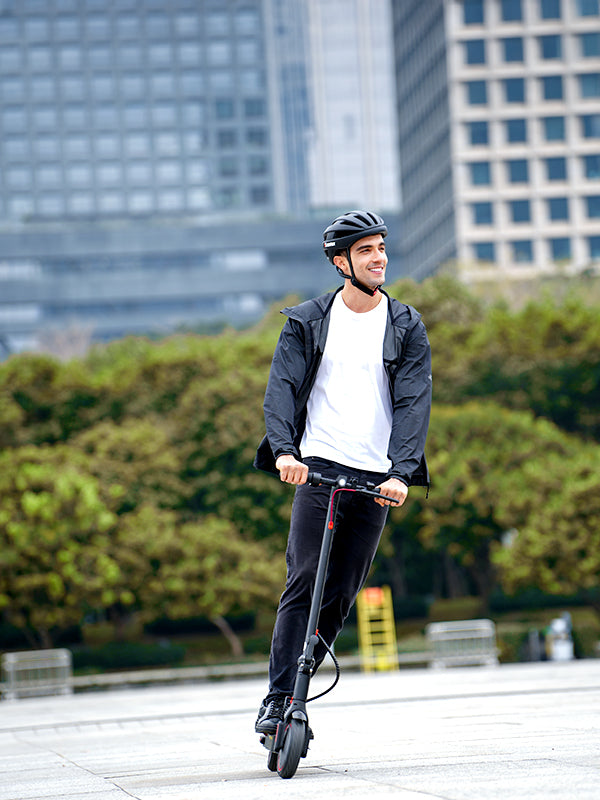




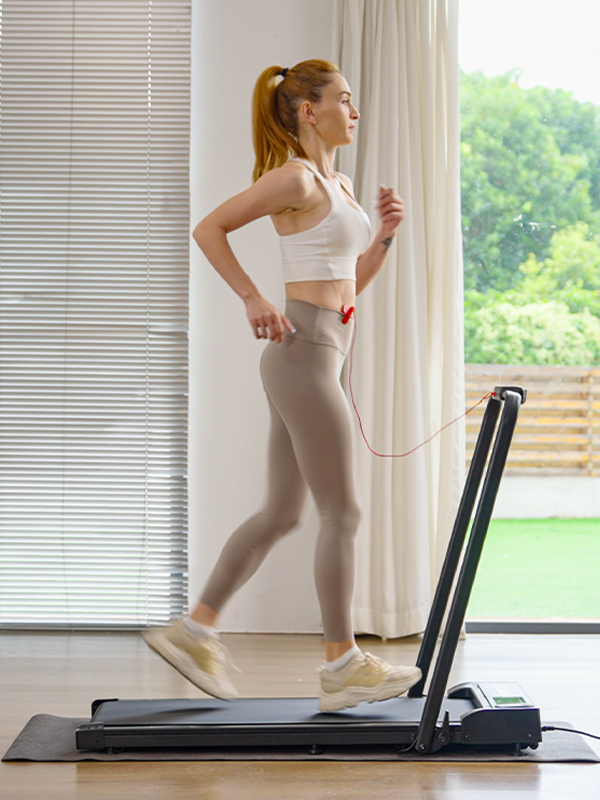





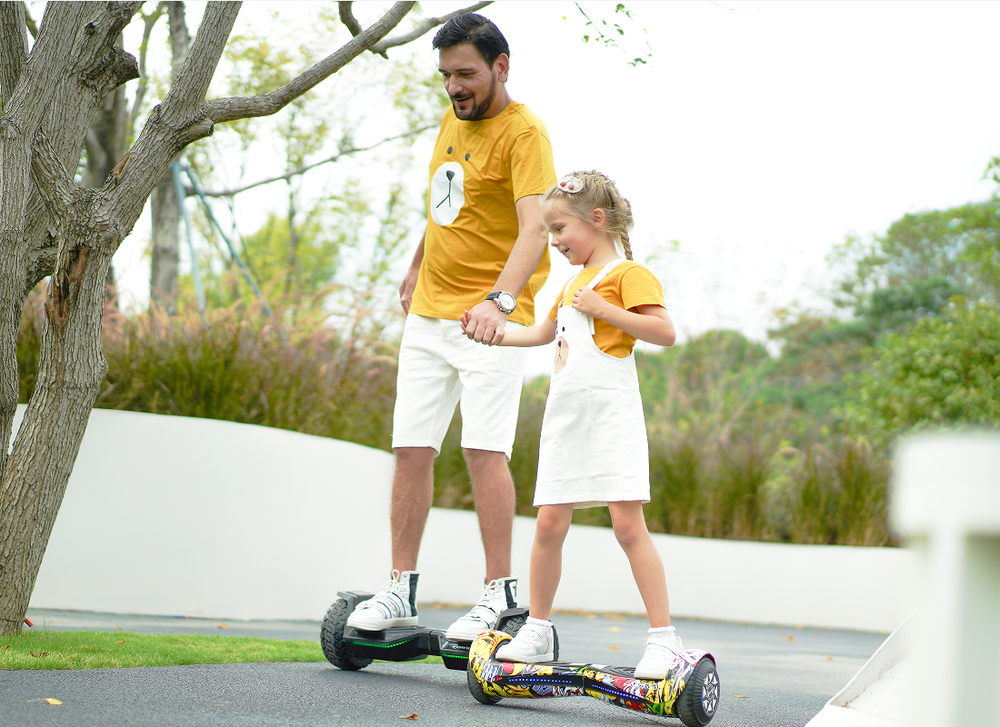
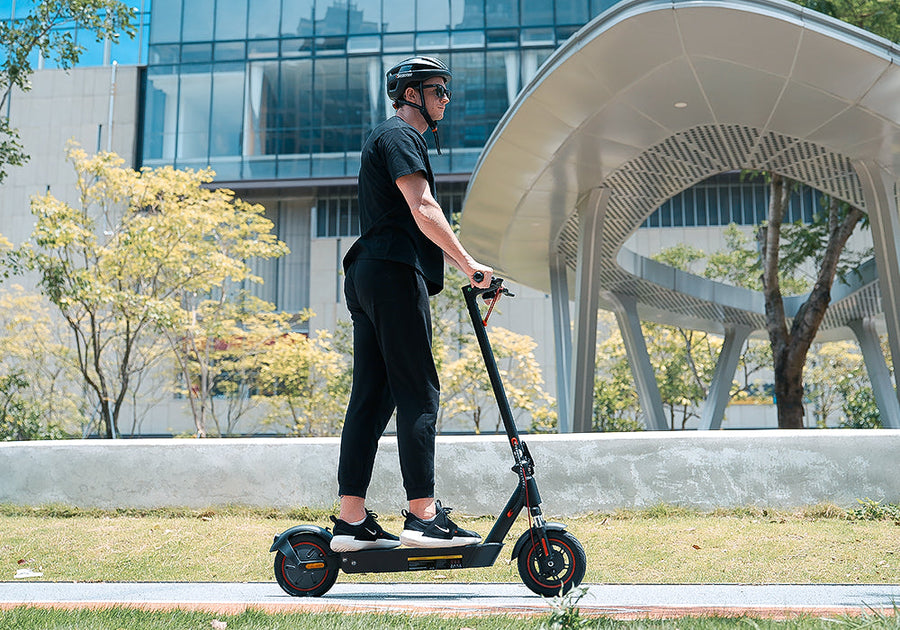

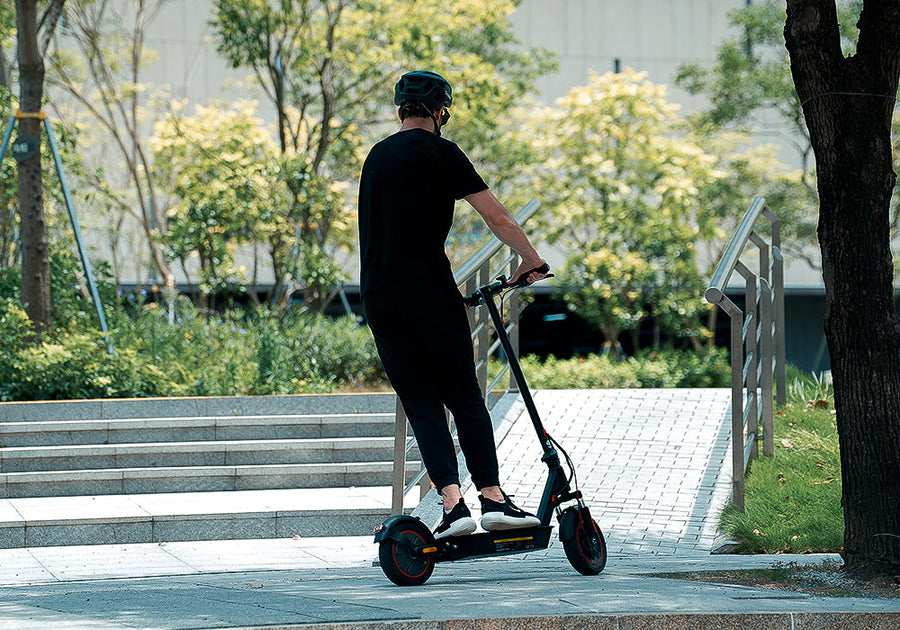


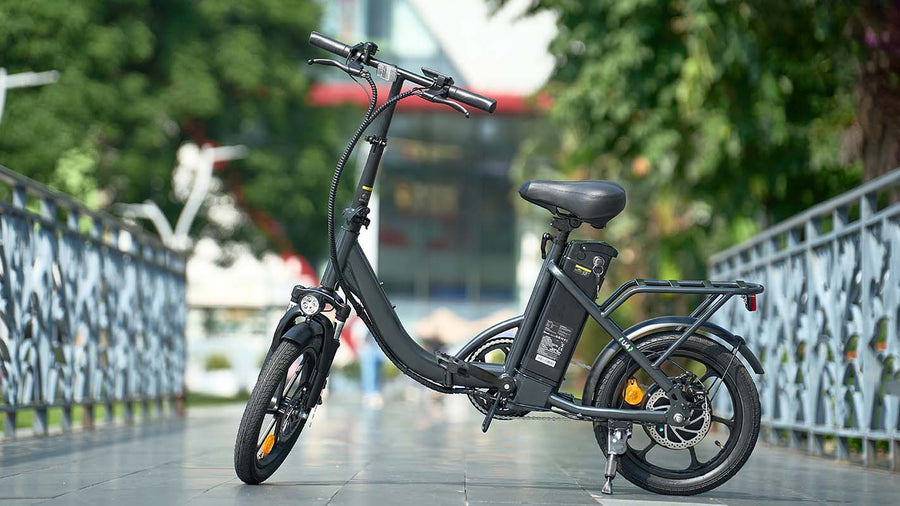




Still, need help? Contact Us: support@ihoverboard.com
What's the option? Check out the option now!
Leave us a message